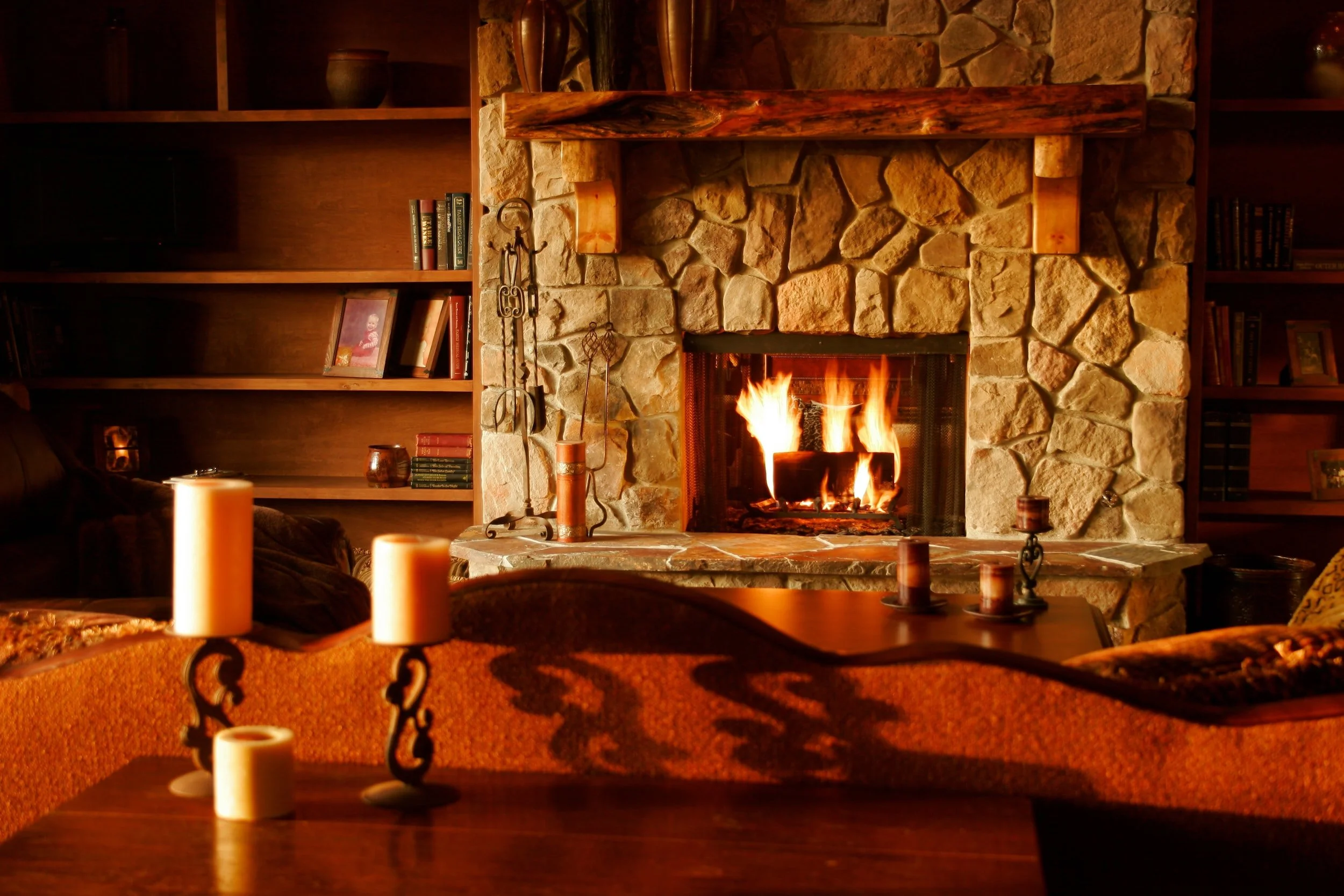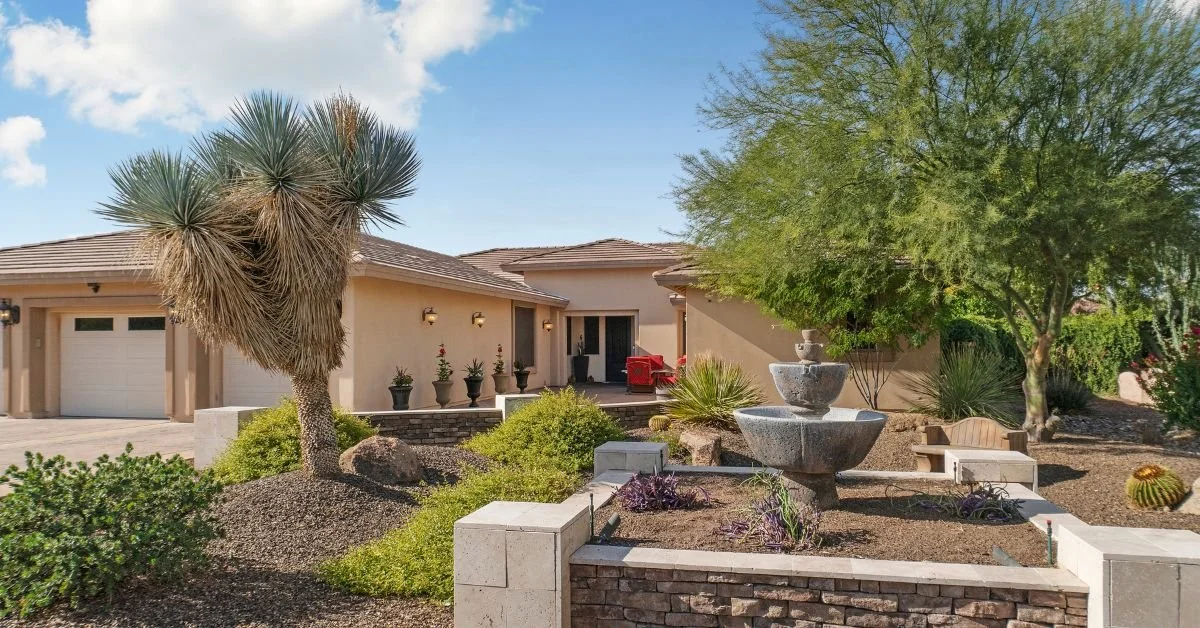Gas vs Wood-Burning Fireplaces: Which is Better for a Small Luxury Apartment?
The debate over whether to opt for a gas or wood-burning fireplace is one that many a small, luxury apartment owner will have had at some point or another.
After all, both can make an attractive addition to your home, lending it the kind of rustic, homely charm that is sadly missing from many modern apartments.
At the same time, both have their unique costs and challenges, which can make it difficult to choose between one or the other. That’s where this guide comes in.
In this guide, wel weigh the pros and cons for each type of fireplace, and help you determine the one best suited for you and your luxury apartment.
Gas vs. Wood-Burning Fireplace Comparison
There’s nothing quite like curling up in front of a roaring fire during those long, chilly winter months, but which type of fire you ultimately decide to snuggle up to will largely depend on the following factors:
Cost
First and foremost, it’s worth pointing out that choosing a new fireplace isn’t much different than, say, choosing a new vacation rental, or buying a new car:
It all comes down to your budget and how much you’re prepared to spend.
As a general rule, wood fireplaces are the least expensive to install but the most expensive to maintain. A wood burning fireplace ranges between $1,800 and $3,000.
In contrast, a gas fireplace installed goes for between $2,000 and $4,000. However, that’s assuming that you already have a gas line installed. If you don’t, you’ll be looking at an average of $25 per foot to install one, a project which would significantly add to your costs.
Operationally, however, gas fires provide the best long-term value for money.
It costs roughly $190 per year to generate the same number of BTUs (British Thermal Units) from a wood fire that you’d get from a yearly $60 gas bill.
To sum up, if budget is your top priority, gas is the way to go for long-term savings.
Convenience
Another key point working in favor of a gas fireplace is the fact that they’re simply much easier to use on a day-to-day basis.
Once your gas fireplace is installed, all you need to do is turn it on, enjoy the heat, and turn it off again.
Install a wood fireplace, however, and you’ll find that there’s a lot to learn about firewood.
You’ll need to know the best type of firewood to use, then you’ll need to source it, store it, and constantly rebuild your fire every time you use it. There’s no getting around the fact that all of this can be a lot of work.
Ambiance
If wood fireplaces are so expensive and time-consuming, why does anybody bother to install one in the first place?
The answer is simple:
They create an atmosphere in your home that even the best gas fireplaces in the world can’t replicate.
The authentic crackle of naturally glowing flames, the warm, inviting heat, and the enchanting aroma of smoldering firewood create a homely ambiance that proves perfect for those cozy nights in.
If you’re looking for one of the best ways to create a traditional look in your home, a wood fireplace will certainly hold plenty of appeal.
Efficiency
This is another area where gas positively triumphs.
The kind of gas produced by modern fireplaces is clean, safe, and produces far less air-polluting emissions than their wooden counterparts, which can emit as much as 28 pounds of emissions per million BTUs.
In terms of environmental friendliness, a natural gas burning fireplace stands out as a superior choice. They not only minimize indoor air pollution but also contribute significantly to reducing the household carbon footprint compared to traditional wood fireplaces.
What’s more, wood fires lose far more heat through the chimney than gas fires, again making the latter the cleanest and most energy-efficient way to heat your home.
As a counter-argument, gas is not a renewable resource, whereas wood most certainly is. This is a factor that may well end up influencing your final decision.
Maintenance
There’s no arguing against the fact that gas fires are much easier to clean and maintain than those fuelled by wood.
A gas fire will require the occasional basic cleaning and may need calibrating every once in a while, whereas wood-powered fires require at least an annual chimney expectation and regular cleaning to remove ash and soot, a process which is always going to be messy.
When it comes to thoroughly cleaning your property then, installing a gas fire is simply going to make your life that much easier.
Gas vs. Wood-Burning Fireplaces: Which is the Best Option for You
If you’ve read this far, you can probably predict what we’re going to say next:
In almost every way, a gas fireplace is the best option to install in your small luxury apartment.
Costing far less to operate, with fewer emotions and minimal maintenance, it’s no wonder gas fires are typically the most popular option among apartment owners looking to add a touch of warm coziness to their property.
That said, even the best gas fires can’t fully replicate that magical, warm glow that you only get with a wood fireplace.
So, while gas fires certainly have a lot working in their favor, if ambiance and atmosphere are what matter most to you, you may still find yourself drawn to the traditional feel of a classic wood fire.







